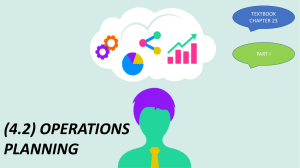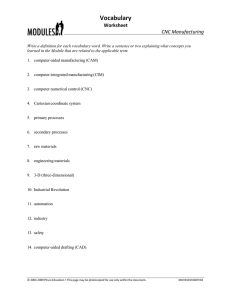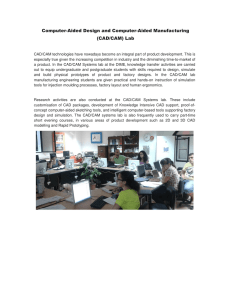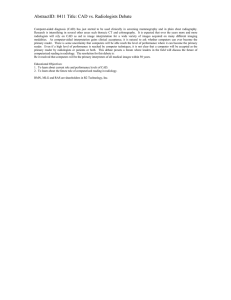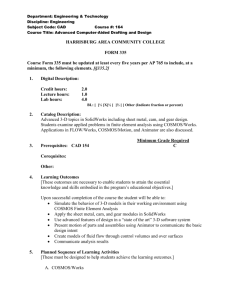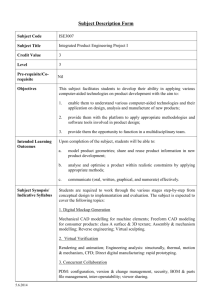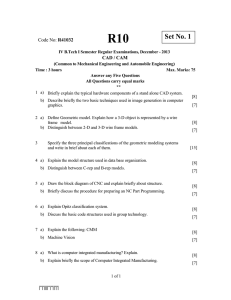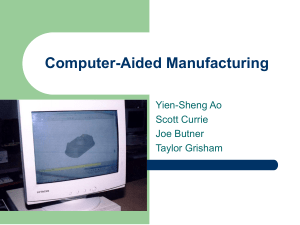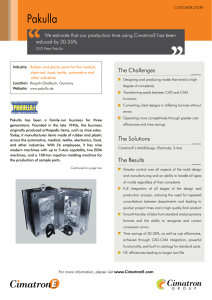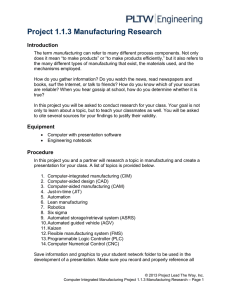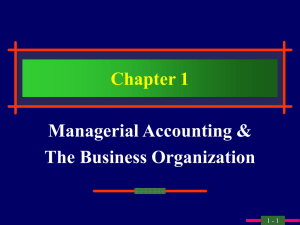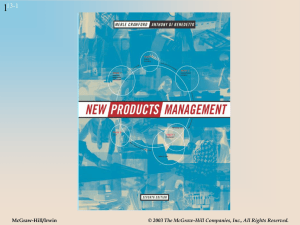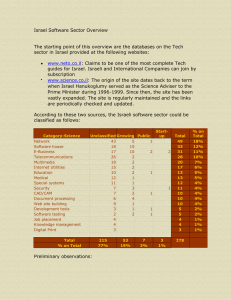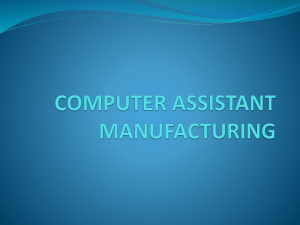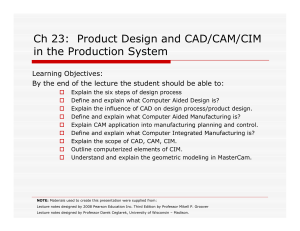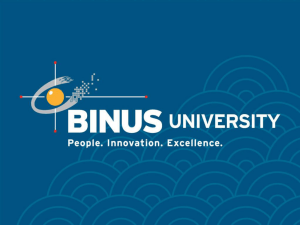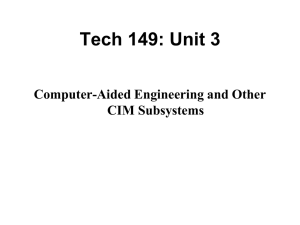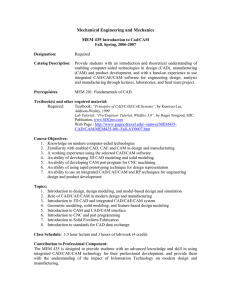Business Systems
advertisement
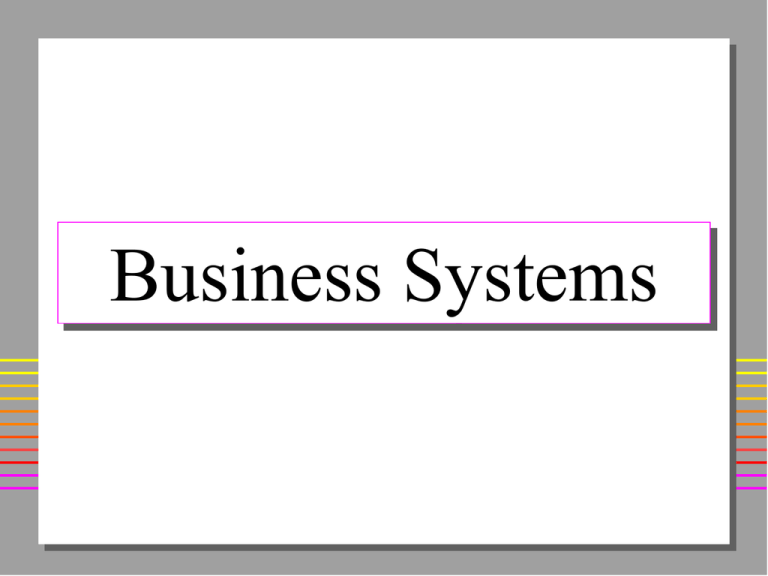
Business Systems Categories Transaction Processing Systems Information Systems – Information Reporting Systems – Decision Support Systems – Executive Information Systems Office Systems Design and Manufacturing Systems Transaction Processing Systems handles an organization’s business transactions provides a current record of the company’s activities processed information is stored in a database Typical Transactional Processing Operations payroll systems order entry inventory control accounts receivable accounts payable general ledger Information Systems developed to help managers make decisions by providing them with information information needs vary depending upon the management level Managers and Information Needs Top level management – strategic planning – unstructured decisions Middle level management – tactical planning – semi-structured decisions Lower level management – operational planning – structured decisions Information Reporting Systems support structured decision making primarily at the lower and middle management levels information is in the form of computer generated, preformatted reports information for the reports comes from the database generated by the transactional processing system Types of Reports Scheduled Reports – categorize and summarize information – automatically produced on a regular basis – widely distributed throughout the organization Types of Reports (cont.) Exception Reports – inform management of unusual happenings – automatically produced if something atypical occurs – useful for early detection of problems Types of Reports (cont.) Demand Reports – specialized reports that a manager requests on a particular subject – produced upon request – fill irregular needs for information Decision Support Systems provide middle and upper level managers with tools for organization and analysis of information useful for users who want to create their own decision models and output formats oriented toward present and future events Decision Support Systems (cont.) provide access to both internal and external information sources contains productivity software such as spreadsheets and database management systems often includes software used for forecasting, optimization, and simulation Executive Information Systems customized decision support systems used by top level managers highly personalized designed for ease of use Office Systems using computer technology to increase productivity throughout the entire organization (office automation) – – – – – document processing electronic mail desk accessories decision support tools teleconferencing Design and Manufacturing Systems Computer-Aided Design (CAD) Computer-Aided Manufacturing (CAM) – robotics Computer-Integrated Manufacturing (CIM) – enables CAD, CAM, and other business activities to be tied together by computers E-Business vs. E-Commerce Supply Chain Management Supplier Manufacturer Distributor Retailer Customer
